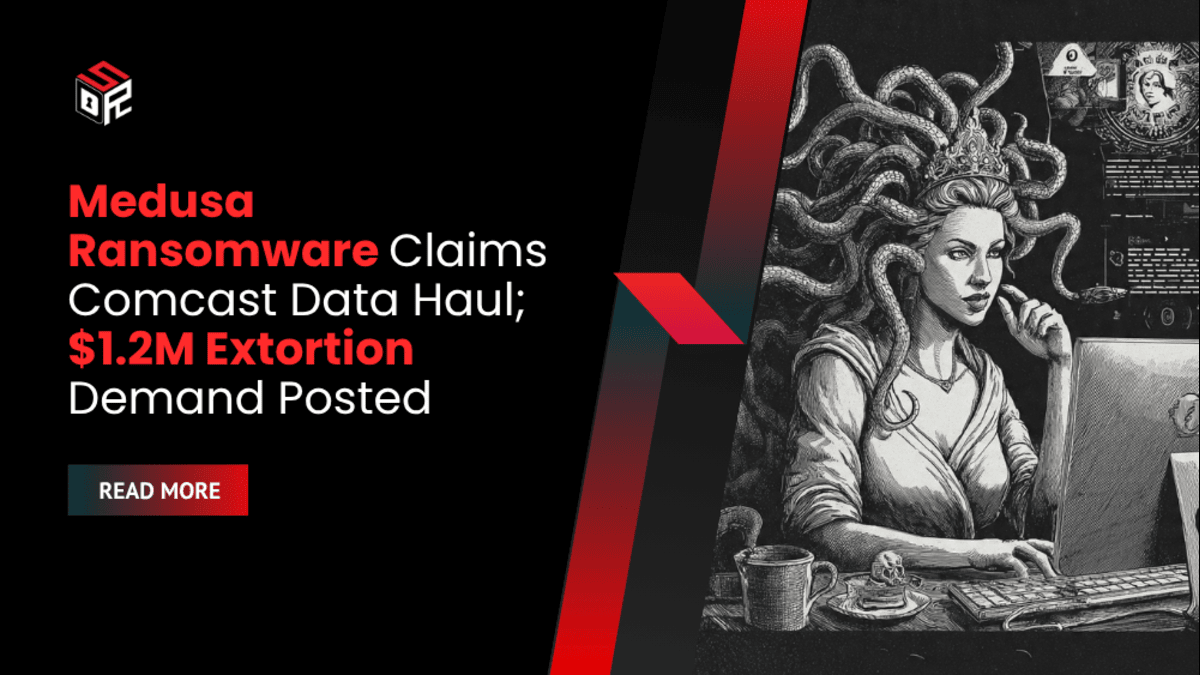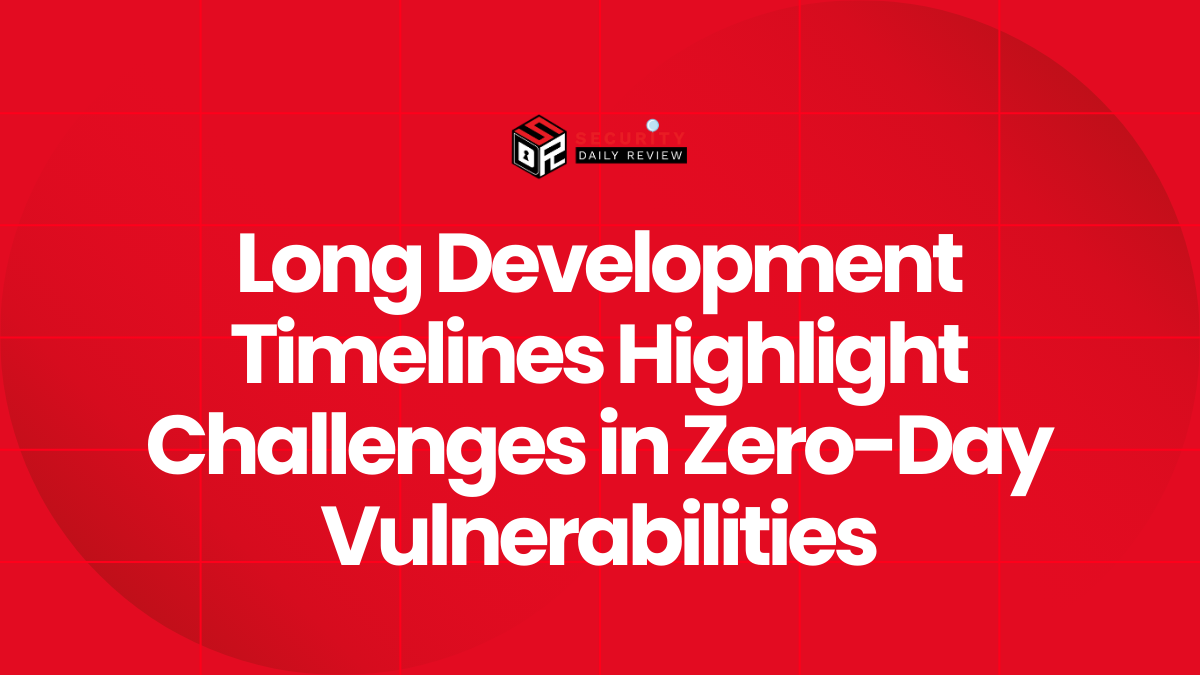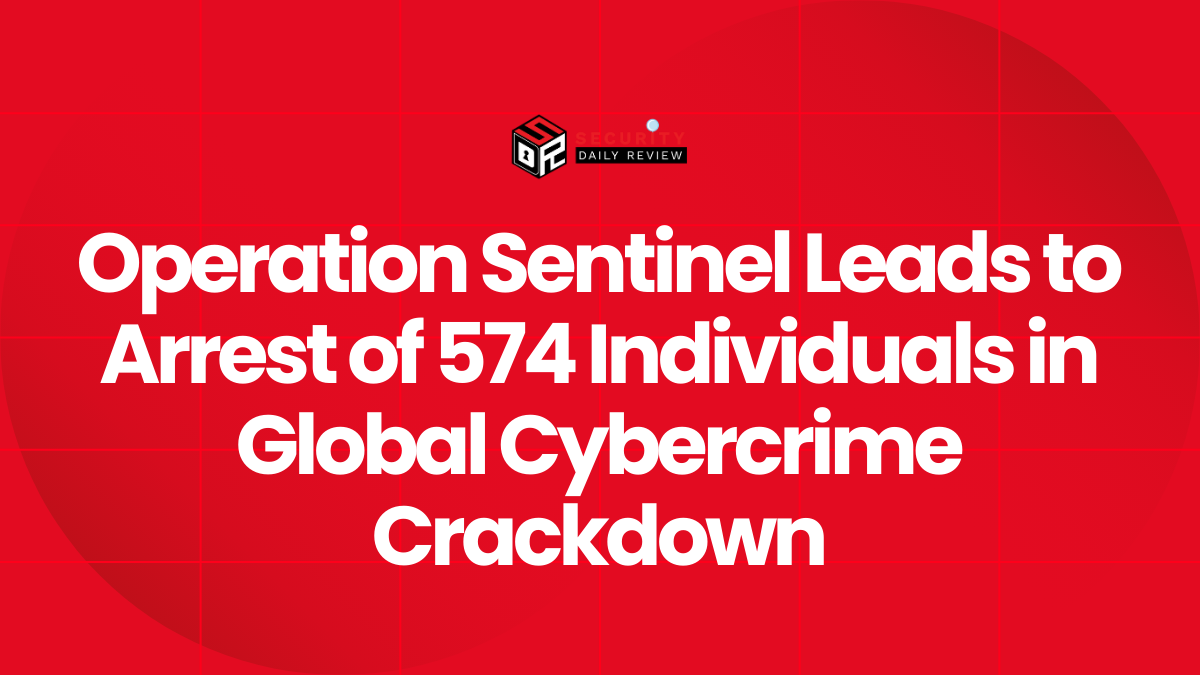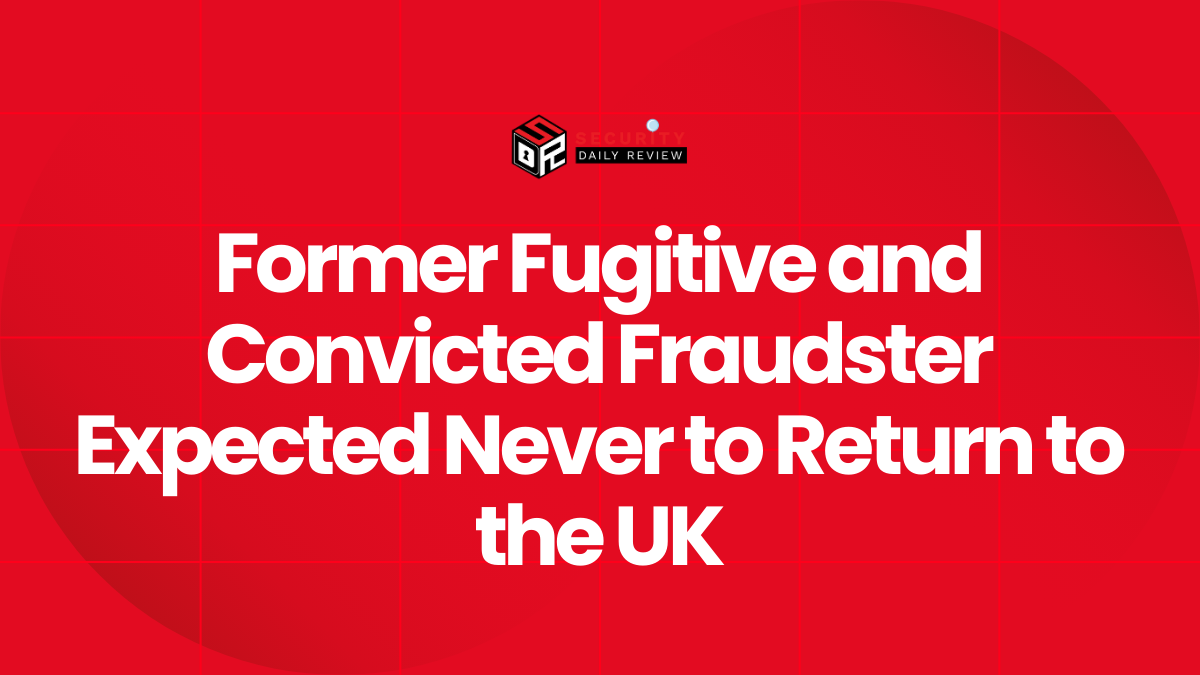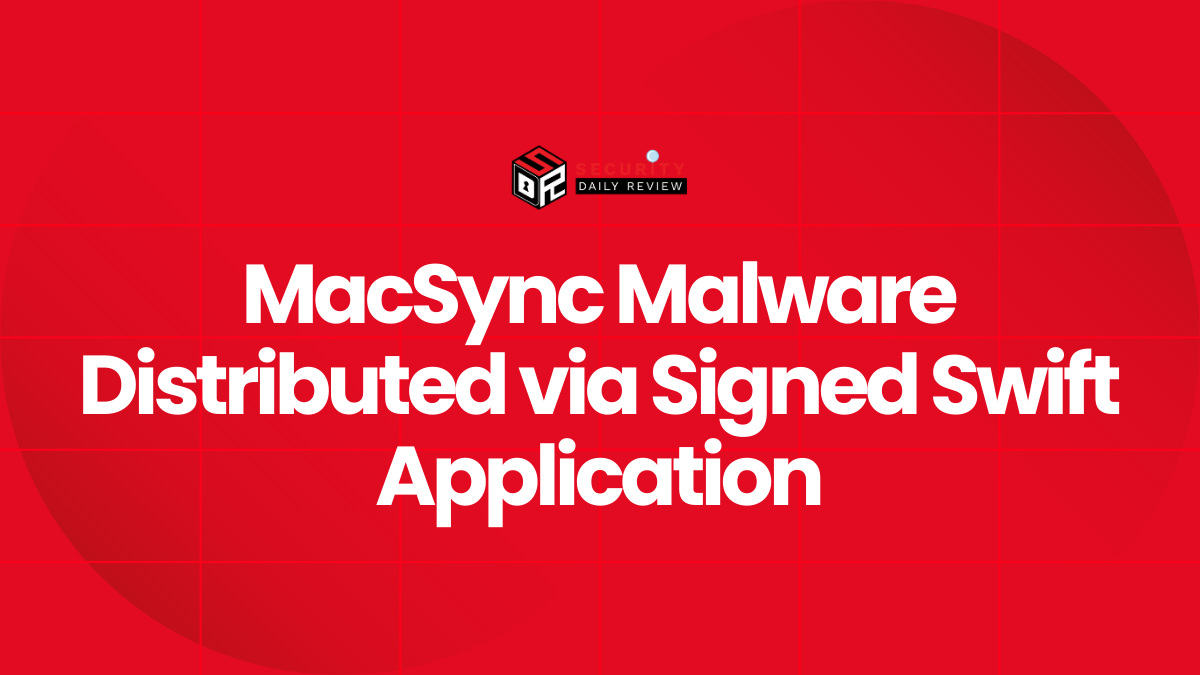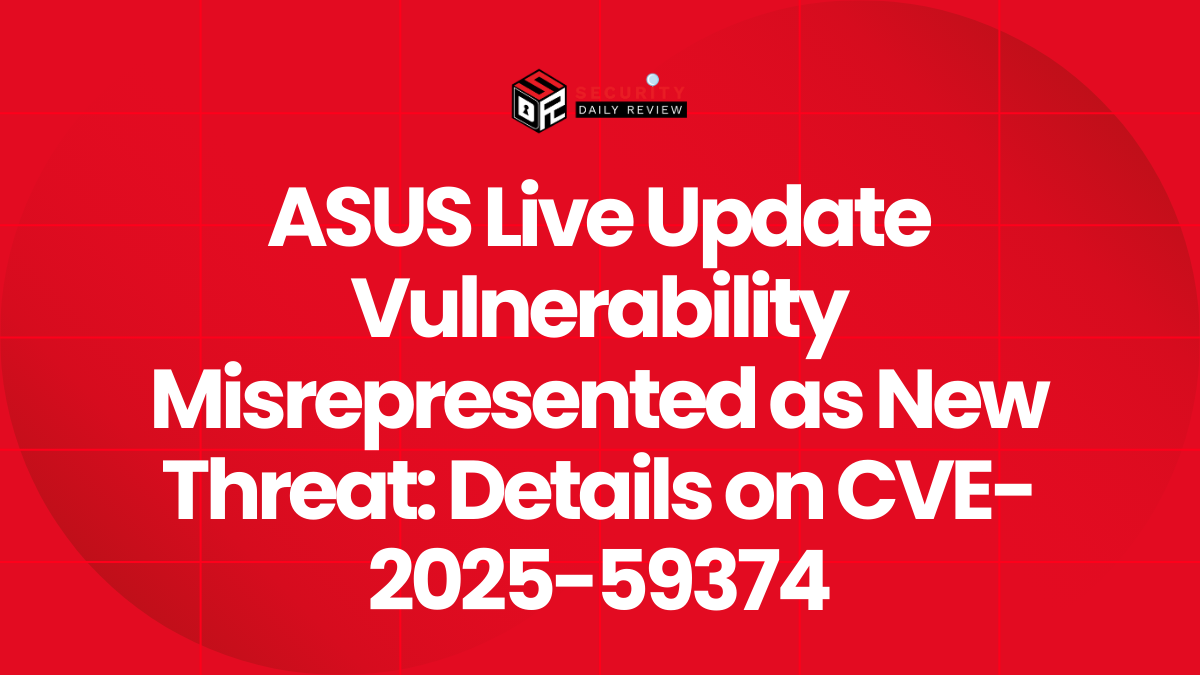Notorious ransomware-as-a-service operation Medusa is publicly claiming it exfiltrated 834.4 GB of data from Comcast and is demanding $1.2 million to delete or withhold the files, according to posts on the group’s leak site. The actors published screenshots and a file-tree listing and set a countdown timer, amplifying pressure on the alleged victim to respond quickly. Comcast has not publicly confirmed the intrusion, and external investigators are treating the group’s claim as unverified until forensic evidence is released.
Medusa’s public post appeared on September 26, 2025, and the timetable imposed by the group gives Comcast roughly 11–14 days to react before the threat actor begins wider dissemination or sale of the data. Industry observers note this is a common Medusa playbook: rapid public shaming plus a time-limited extortion deadline designed to force negotiation under operational and reputational pressure. Independent reporting and early technical reviews indicate the screenshots include a cross-section of internal documents, financial tables, HR folders and backup-like directories that—if legitimate—span multiple business domains.
“The size of the data leak indicates that it could be a serious breach, strongly suggesting the stolen files include a wide variety of data types far beyond the initially revealed documents,” said Mantas Sabeckis, Information Security Researcher at Cybernews.
Federal and industry teams are already positioned to respond: the FBI, CISA and partner agencies have previously published coordinated guidance and IOCs for Medusa actors, and many organizations are running targeted hunts for the group’s known indicators and TTPs.
Technical Breakdown and Operational Impact
What the Alleged Comcast Leak Claims to Contain
Medusa’s posted file-tree and screenshots reportedly show data organized across multiple directories (noted as “cmmc_1” to “cmmc_5”), with contents suggesting HR/personnel records, actuarial and statistical models, backups of production databases, internal financials, insurance operations, customer-facing documents, and security reports and logs. If authentic, that breadth implies access to core business systems and potentially sensitive personally identifiable information (PII).
Likely Initial Access and Comcast Cyberattack Flow
Based on public advisories and prior Medusa incidents, the typical intrusion chain includes one or more of the following: targeted phishing or credential harvesting to gain initial footholds, exploitation of unpatched external-facing vulnerabilities, purchase of initial access brokers, and use of legitimate open-source or commercial tools for internal discovery (for example, network scanners and PowerShell automation). After access, operators frequently perform data staging and exfiltration before deploying an encryptor, then post samples and extortion demands to their leak sites.
Federal guidance published by [CISA and partners] lays out Medusa-specific TTPs and detection recommendations—including recognized IOCs, egress-detection strategies, and recommended mitigations such as multifactor authentication enforcement, network segmentation, and offline backups. Security teams should run Medusa detection playbooks immediately if they haven’t already.
Evidence vs. Exaggeration — What Defenders Should Verify First
- File provenance: timestamps, internal object metadata, and file hashes in the posted samples must match Comcast’s production artifacts to be believed.
- Exfiltration telemetry: defenders should examine egress logs, cloud-storage writes, and large FTP/SFTP transfers during the suspected window.
- Backup integrity and scope: if backups were staged or copied, evaluate whether backups were also exfiltrated or destroyed.
- Credential misuse: look for service-account abuses and lateral movement indicators commonly used by Medusa affiliates.
Operational impact if verified would be substantial: exposure of HR, actuarial, insurance and customer data can create regulatory, contractual and fraud risks, while even internal IT/security artifacts could help attackers refine follow-on access.
Risk Implications, Comparative Incidents, and Remediation Advice
Risk Profile and Stakeholder Consequences
- Data sensitivity: PII, payroll/HR records, and actuarial or insurance models are high-value targets for resale, fraud, and targeted extortion.
- Business continuity: exfiltration of backups and system images complicates recovery and raises the risk of permanent data loss if backups are corrupted.
- Regulatory exposure: multi-jurisdictional notifications may be required depending on where affected individuals and records reside.
- Repeated extortion: Medusa is known to pressure some victims repeatedly, including “true-decryptor” second demands after initial payment—amplifying financial risk.
Comparative Incidents and Context
Medusa has impacted hundreds of organizations since 2021; the FBI and CISA have explicitly warned about the gang’s rapid expansion and triple-extortion patterns. Similar high-profile claims this year show a trend where attackers combine public leak sites with aggressive negotiation tactics to extract payment or sell exfiltrated datasets. For sector-level context and historical alerts, consult the joint CISA/FBI/MS-ISAC advisory on Medusa for TTPs and IOCs.
Immediate Remediation Steps for Affected Organizations (Action Checklist)
- Do Not Engage With Leak Sites Publicly: centralize communications; preserve legal options and avoid unilateral negotiation without counsel and forensic support.
- Preserve Evidence: capture endpoint and server images, network captures, relevant logs, and copies of any posted samples for forensic validation and law-enforcement briefing.
- Hunt and Contain: run targeted hunts for Medusa IOCs, block C2 IPs/domains, and isolate compromised segments.
- Validate Backups: confirm immutable/offline backups are intact and test restore procedures from isolated copies.
- Rotate Credentials and Keys: immediately rotate service accounts, API keys, and privileged credentials that could enable persistence.
- Enforce MFA and Least Privilege: ensure multi-factor authentication across remote-access paths and tighten admin access through conditional policies.
- Notify Regulators and Stakeholders: begin breach-notification workflows per legal counsel and preserve customer notification templates.
- Engage Incident Response and Law Enforcement: coordinate with government partners that track Medusa activity and submit IOCs and samples to enable wider sector defense.
Longer-Term Prevention and Board-Level Actions
- Implement robust egress filtering and DLP to detect sensitive aggregate transfers.
- Run purple-team exercises simulating data exfiltration to test detection and response.
- Require cyber-insurance and escrow negotiations to include pre-approved IR vendors and legal counsel to avoid rushed decisions under pressure.
- Harden remote-access tooling, apply timely patching, and reduce reliance on long-lived service credentials.

